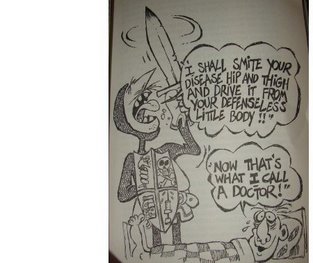This from Therapeutic Letters

The following is from PMCA subscription needed.
So here, from varying sources, are some NNT / NNS figures. You may find some of them very surprising. The determination of NNT / NNS is a moving target and is affected by newer clinical studies that refine our knowledge. So most of these numbers should be considered to be “in the ballpark.”
Mammographic Screening
How many women between the ages of 50-59 need to have a mammogram yearly for five years to prevent one death from breast cancer? The number is about 2,500 such women.
Lipid Treatment
71 patients with known cardiovascular risk factors have to be treated with a statin for 3-5 years to prevent one serious adverse cardiovascular event. But no increase in total mortality or total serious events can be expected. (me here does he mean no decrease) To put this into perspective, at $1,000 per year per patient for statins, for 71 patients taking them for an average of four years, the cost to prevent one serious adverse cardiovascular event is 71 patients x $1,000 x 4 years = $284,000
(See http://www.ti.ubc.ca/pages/letter48.htm)
Me again I checked above URL - this is primary prevention for risk factors not for those having CVD
Prevention of Colon Cancer Death with Occult Blood Testing
The number needed to screen for five years to prevent one death from colon cancer is 1,374 patients.
Prevention of Hip Fracture by Treatment of Osteoporosis
In women without risk factors, approximately 2,000 women between the ages of 60-64 need to be screened and subsequently treated for osteoporosis for five years to prevent one hip fracture (1,000 women if there is at least one risk factor).
Detection of Diabetes in Men With and Without Hypertension
The number is 13 in 55-year-old men with hypertension, and 19 in those without hypertension.
Simple Antihypertensive Treatment for Mild Hypertension
700 patients would need to be treated for one year to prevent one stroke, MI or death in that year.
Prophylactic Antibiotics for Dog Bites
Only about one in 16 patients will benefit.
Compression Stockings to Prevent Post-Op DVT
One in nine patients may be expected to benefit.
Antibiotics to Improve Short-Term Outcomes in Otitis Media
Only one in seven patients can expect to benefit from antibiotics (i.e., decreased symptoms at 7-14 days post onset of treatment).
Aspirin in Healthy Physicians to Prevent an MI or CV Death
The number is 500 over one year.




